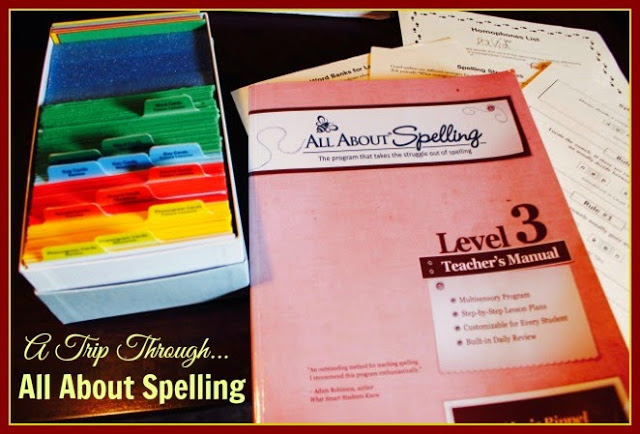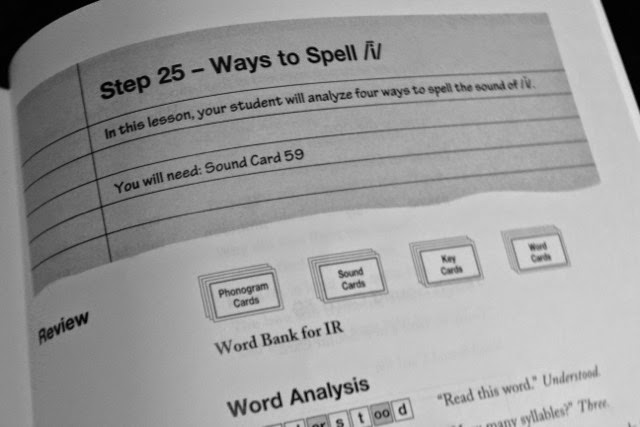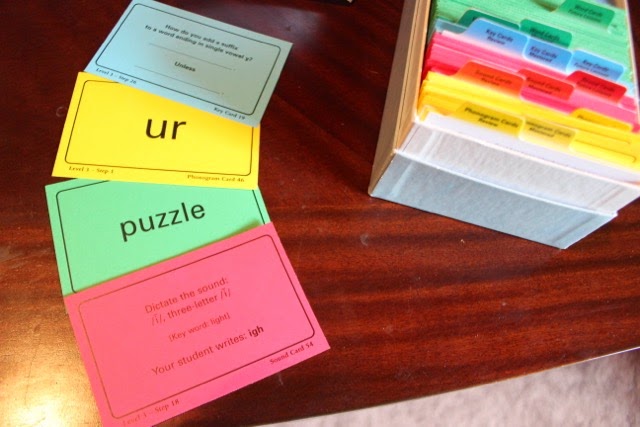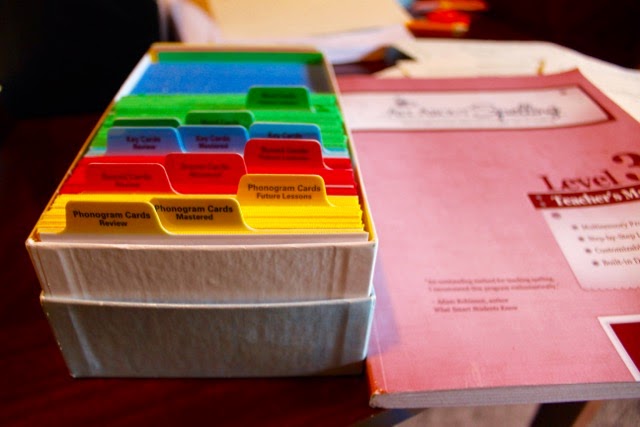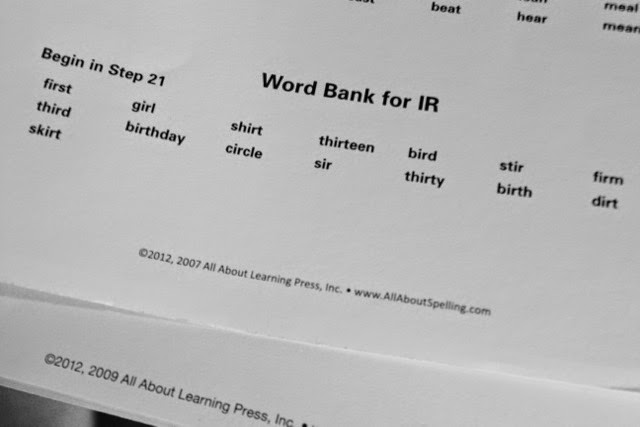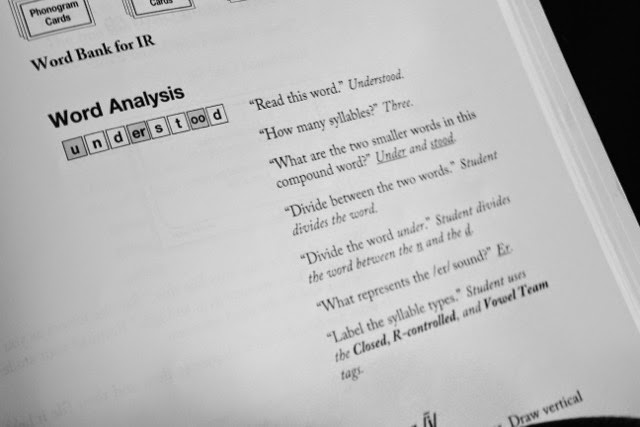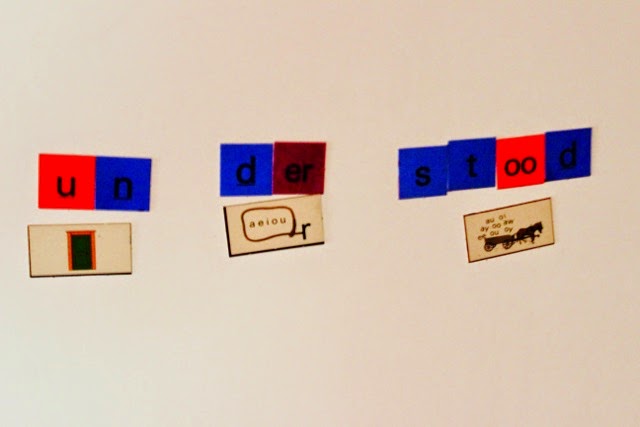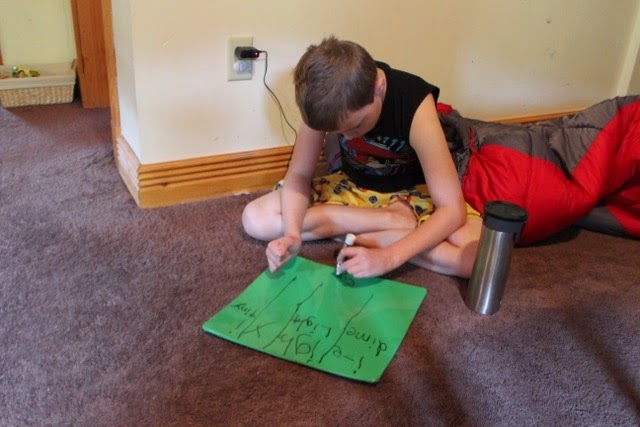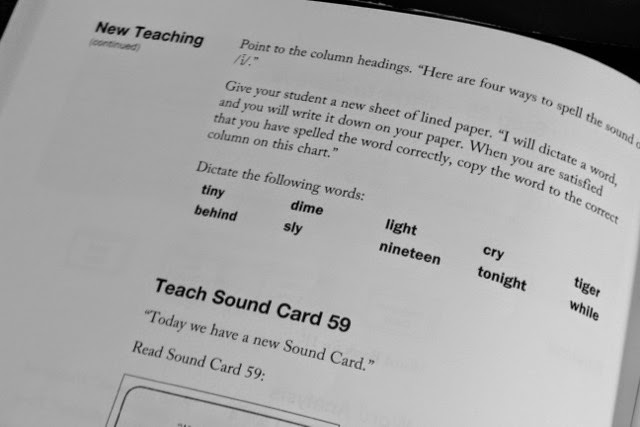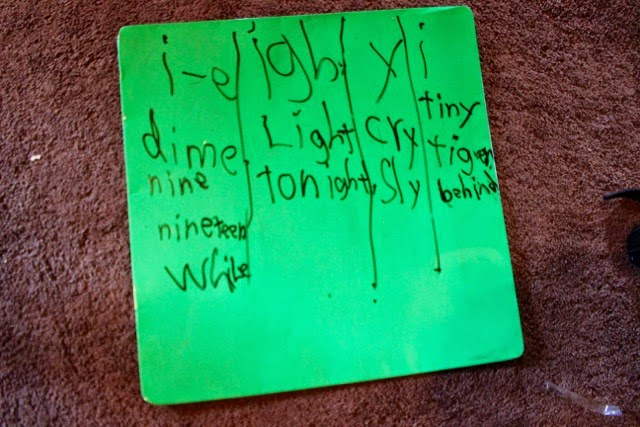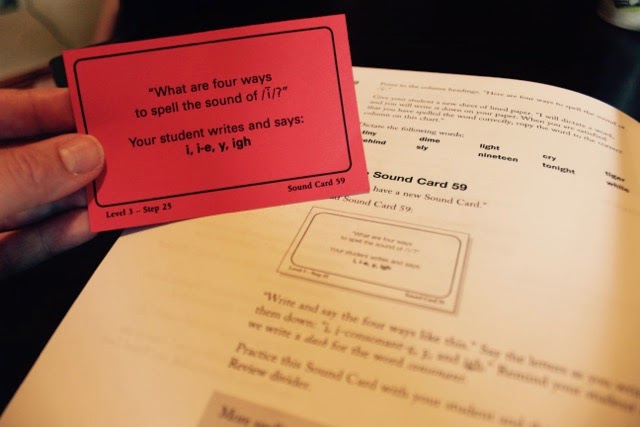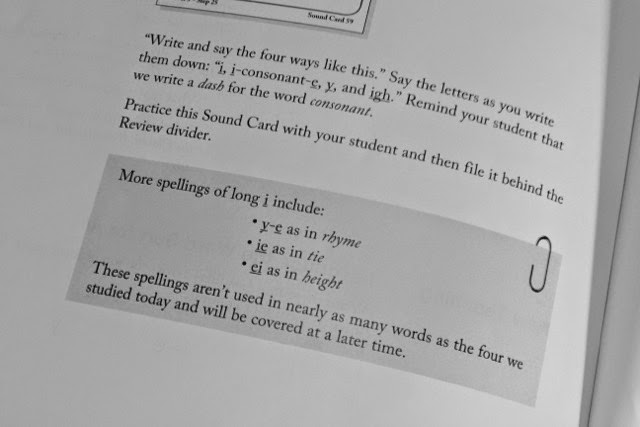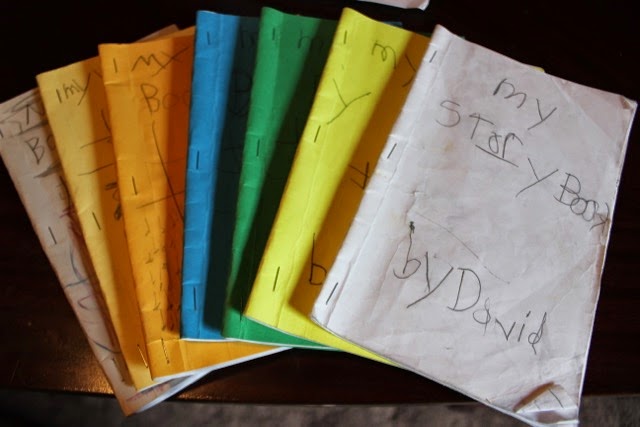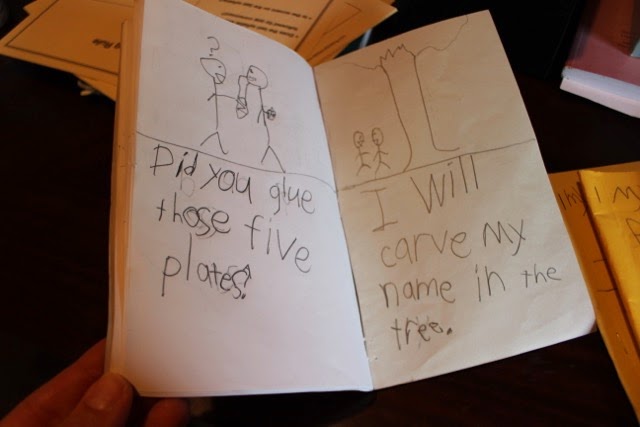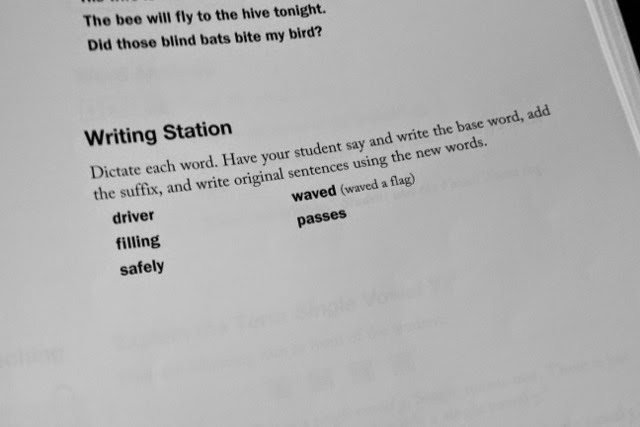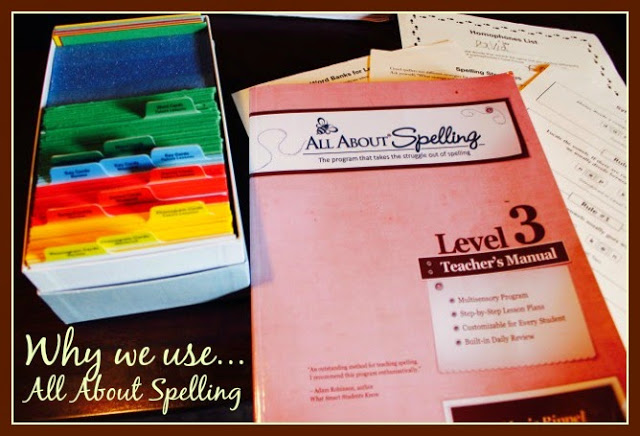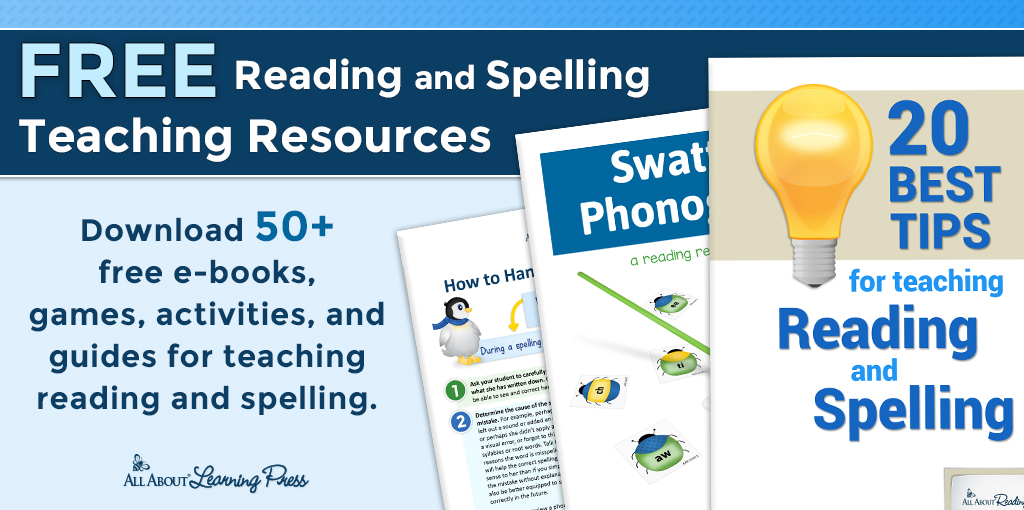Our family LOVES All About Learning products! But before I tell you why, let me provide a little background…
As a Kindergartener, our second son spent four months struggling to use a reading program that was not working for us. When at the end of those four months, he still could not blend letter sounds into words, I researched other programs and came across All About Reading. I really did not want to switch and learn how to use another program, nor did I want to spend more money on another curriculum. Ultimately, what convinced me to try All About Learning products is their Try-It-for-One-Year 100% Money-Back Guarantee.
“You have one full year to try out All About Reading [or All About Spelling]. Go ahead and use it! If it doesn’t meet your needs for any reason, simply return the materials within one year for a full refund of purchase price.”
So… I took the plunge.
Within two weeks he was reading.
Since then, our family has converted all of our phonics-based reading and spelling instruction to All About Learning products. After using these two programs with three distractible boys who have different learning strengths and styles, and after completing six levels of All About Spelling (and starting the final level, Level 7, with our oldest), I can wholeheartedly announce that I am so glad we tried another program over three years ago. It has not only equipped our oldest two children, who are not intuitive spellers, to spell correctly, it has also taught me (an intuitive speller) many things I never knew about the English language.
So… how about we take a trip through the All About Spelling program? I thought it’d be most appropriate to take you through our second son’s spelling lesson this week, since he is the one who prompted our conversion to all things All About Learning.
Earlier this week, our third-grade son (the one who struggled so much with learning to read three years ago), analyzed four ways to spell the long sound of i. Here’s a trip through that lesson to show the overall structure of an All About Spelling lesson (Level 3, Step 25).
Each All About Spelling lesson begins with a review of previous concepts including:
- phonogram cards (in yellow)
- sound cards (in red)
- key cards (in blue), where you practice the memorization of rules
- and word cards (in green)
These cards are organized in a memory work box system under three categories to ensure appropriate review of material for mastery:
- Needs review
- Mastered
- Future Lessons
As part of the review, students read from word banks to gain familiarity with the spelling of words of certain types (in this case, we are reviewing a recently introduced spelling of the sound /er/.)
Then, as part of the daily review, the student performs a word analysis using spelling tiles.
The lessons are fully scripted so that parents (and thus, students) understand what is expected.
After the review, we introduce the new teaching (Introduce the Word Sort for long sound of i).
The student, having been previously introduced to the above spellings of the long sound of i, is now using a strategy to distinguish between the different spellings he has learned.
My non-intuitive-speller spelled all of these words correctly. This is significant, friends! (Penmanship, however, is needing some extra work.)
Next, we teach a new sound card (used for dictation) related to the new teaching.
Again, the lesson is fully scripted. The parent doesn’t need to worry about missing anything! It’s all right here!
Throughout the book there are gray boxes for the parents to reference to help them with the big picture of what lies ahead (or to further explain concepts beyond what is introduced to the student).
Finally, we end with dictation sentences, which our son likes to record in his homemade “My StoryBook” booklets. Sometimes we modify the sentences to be a bit silly because… this child loves all things silly.
For this particular lesson, he wrote the following from dictation:
After he finished writing each sentence, he went back to check his mechanics (capitalization, punctuation, etc.) and then added his own silly stick figure interpretation of what this might look like.
At the end of each lesson is a “Writing Station” where students can write original sentences using new words.
And that wraps up a trip through our All About Spelling lesson this week! Now let me close with the top ten reasons we use All About Spelling in our home.
Ten Reasons We Use All About Spelling:
- Multi-sensory approach. Learning begins with your senses. All About Spelling incorporates the three senses we use when spelling or reading: sight, sound, and touch. Because it uses the three primary pathways of learning – visual, auditory, and kinesthetic – All About Spelling helps children retain information. My children’s spelling (and reading) have improved significantly as they use multiple pathways to learn new material!
- Mastery-based program. All About Spelling provides thorough instruction in basic concepts before introducing more complex tasks.
- Spelling lists follow a rule or pattern. Only one major concept is introduced in each spelling (or reading) list, preventing short-term memory overload. (This is the reason our middle child had so much trouble learning to read with another program!) With its emphasis on rules, All About Spelling finally gave our oldest a method for applying rules to new words and consistently spelling words correctly.
- Teaches multiple spelling strategies. All About Spelling not only teaches phonetic spelling, it also incorporates the use of rules and generalizations for spelling, visual spelling strategies, Latin and Greek roots and derivatives as well as Italian-loan words, Spanish-loan words, and French-loan words (in Level 7), and other techniques. I have seen firsthand the benefits of this as our children think through how they should spell a new word.
- Reviews crucial information frequently. Review is built into each lesson using multi-sensory methods. With word analysis, flashcards, word banks, spelling-strategy practice, dictation, and writing prompts, students review concepts in great depth using a variety of different techniques over a long period of time.
- Scripted, open-and-go lessons. Scripted lessons are easy to follow and understand, and each lesson follows the same routine each day. As the teacher, I can just open the book and start teaching without a lot of prep work. I don’t have to worry about forgetting anything. Aside from setting up the tiles and cards when starting each level of the program, very little prep work is needed.
- Makes connections with hands-on activities and visual cues. Both programs use analogies to help with understanding spelling strategies. (For example, “Open syllable” types are represented by an open door.) Letter tiles are color-coded to provide visual cues, and concepts like segmenting and labeling syllables help a child to learn new concepts.
- Lessons can be customized. You need not complete one lesson per day, and the levels do not necessarily correlate with grades. You go at the pace needed. Sometimes we will do two lessons in one day. Sometimes we camp out on a lesson for a week. We are moving spelling rules and strategies from short-term memory to long-term memory! The goal is mastery of the rule so that it can be applied to new words when they are writing sentences.
- Dictation exercises are included. It has been very simple for us to extend these lessons into English grammar instruction.
- Continued help is available. It’s so great to not feel alone in this endeavor. The folks at All About Learning have responded to all of my customer and instructional inquiries with custom-fit ideas and tips! Plus, the All About Learning blog is filled with helpful information about teaching children to read and spell! Read The Memory Series as just one example of the fabulous content of the All About Learning blog!
With the part-to-whole, phonics-based approach, the use of dictation exercises, and the focus on memorizing rules, this program fits our classical style of educating!
All About Learning Press Freebies!
All About Learning offers several free downloads and helpful articles on their blog and website! Here are just a few:
20 Best Tips for Teaching Reading and Spelling
Teaching Latin Roots with Word Trees
ABC Snacks Cookbooks
Make Your Own Fabric Alphabet
Word Flipper Activity
For pre-readers, take a look at A-B-C Snacks: Eating Your Way Through the Alphabet. All About Learning shares these types of resources when you sign up for the free All About Learning Press Newsletter. You can also receive several other activities, articles, and resources:
Click here for our review of All About Reading, and download (for each level) free placement tests and samples from the All About Reading teacher’s manual, student workbook, and readers.

